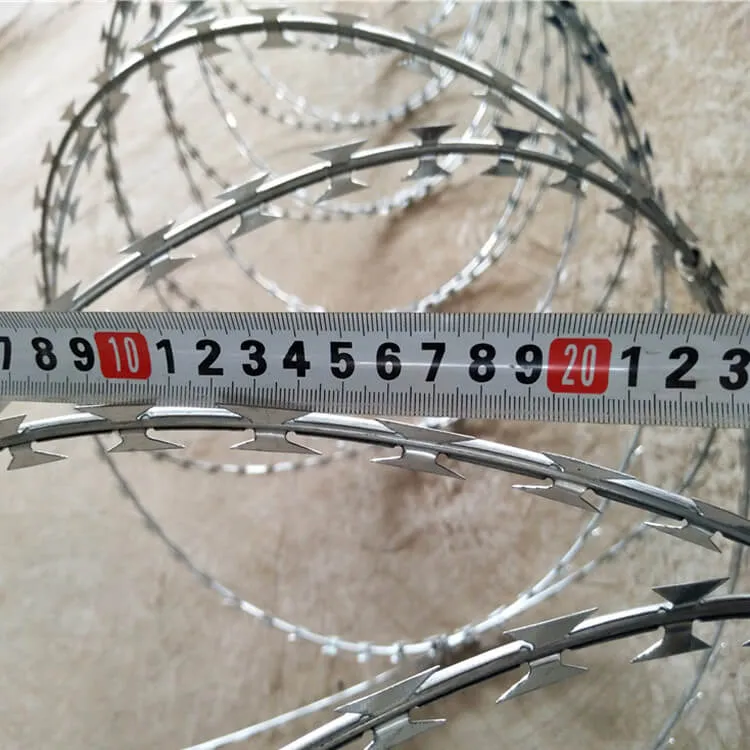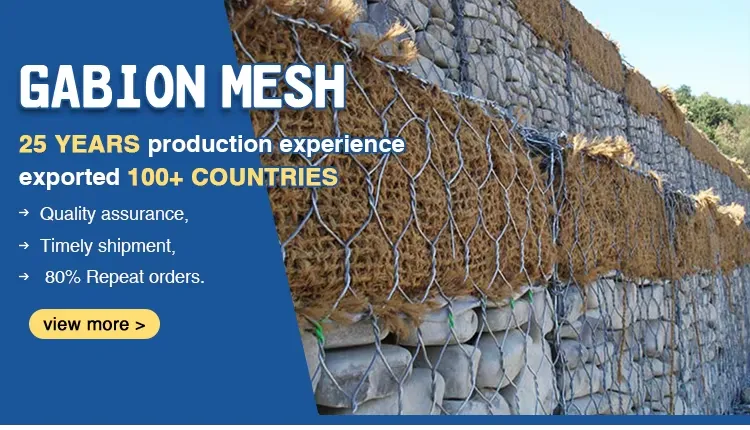Mar . 04, 2025 00:42 Back to list
types of wire mesh for concrete


Another variant is plastic-coated wire mesh. This type provides an additional protective layer against chemicals and moisture while reducing potential wire visibility for aesthetic purposes. It's increasingly used in residential settings, where the visual impact must be minimized without compromising on structural support. Consider the use of expanded metal mesh, which offers excellent bonding with concrete because of its diamond-shaped openings. The expanded metal mesh creates a strong mechanical grip, preventing slippage between the mesh and concrete. This property is particularly advantageous in vertical applications such as walls or columns, where maintaining bond strength is critical to the structural integrity. A lesser-known but increasingly adopted variety is fiberglass wire mesh. It is rust-resistant and very lightweight, reducing the transportation and handling burden. Fiberglass mesh is highly suitable for repair and remodeling projects, where its ease of use and non-reactive nature can simplify application processes without sacrificing reinforcement quality. Understanding these types and their applications can significantly enhance project outcomes. Practical experience shows that selecting the right wire mesh takes into account the environmental conditions, specific concrete structure requirements, and future durability expectations. As professionals with extensive experience in construction material optimization can attest, making an informed selection of wire mesh involves balancing initial costs with long-term benefits, ensuring the sustainability and success of your concrete projects.
Latest News
-
Premium Anti-Climb Fence Spikes for Sale
NewsAug.01,2025
-
Premium Peach Post Fence | Durable & Stylish Security
NewsJul.31,2025
-
Best Galvanized Grating Price - Durable Galvanized Steel Grating Solutions
NewsJul.30,2025
-
0.5-4.0mm Wire 2×2 4×4 8×8 Hot Dipped Galvanized Welded Mesh Roll
NewsJul.30,2025
-
Metal Fence Pickets for Sale – Durable Galvanized & Steel Options
NewsJul.29,2025
-
Competitive Galvanized Grating Price for Durable Flooring Solutions
NewsJul.29,2025
Our company owns has excellent CAD steel grating drawing designers, who can provide customers with perfect steel grating layout design and better meet customers' special requirements for products. We have been adhering to it the business tenet of "quality first, customer first", with high-quality products, reasonable prices, and the fastest delivery time, we wholeheartedly provide customers with a full range of services! Welcome new and old customers to cooperate sincerely and create brilliance together!
Contact Us
WELCOME TO OUR COMPANY!
Thank you for your interest in our services! If you have any questions or wousld like to book a service, please don’t hesitate to contact us. Our team is dedicated to providing you with the highest level of service and support, and we are committed to working with you to make your event a success.

Service Email

Service Phone
Product Center
Contact Us
- Phone: +86 +86 15733154345
- E-mail: sales@chengsenchina.com
- Address: B1213 GLOBAL CENTER, NO.226 ZHONGHUA NORTH STREET, SHIJIAHUANG, CHINA


























